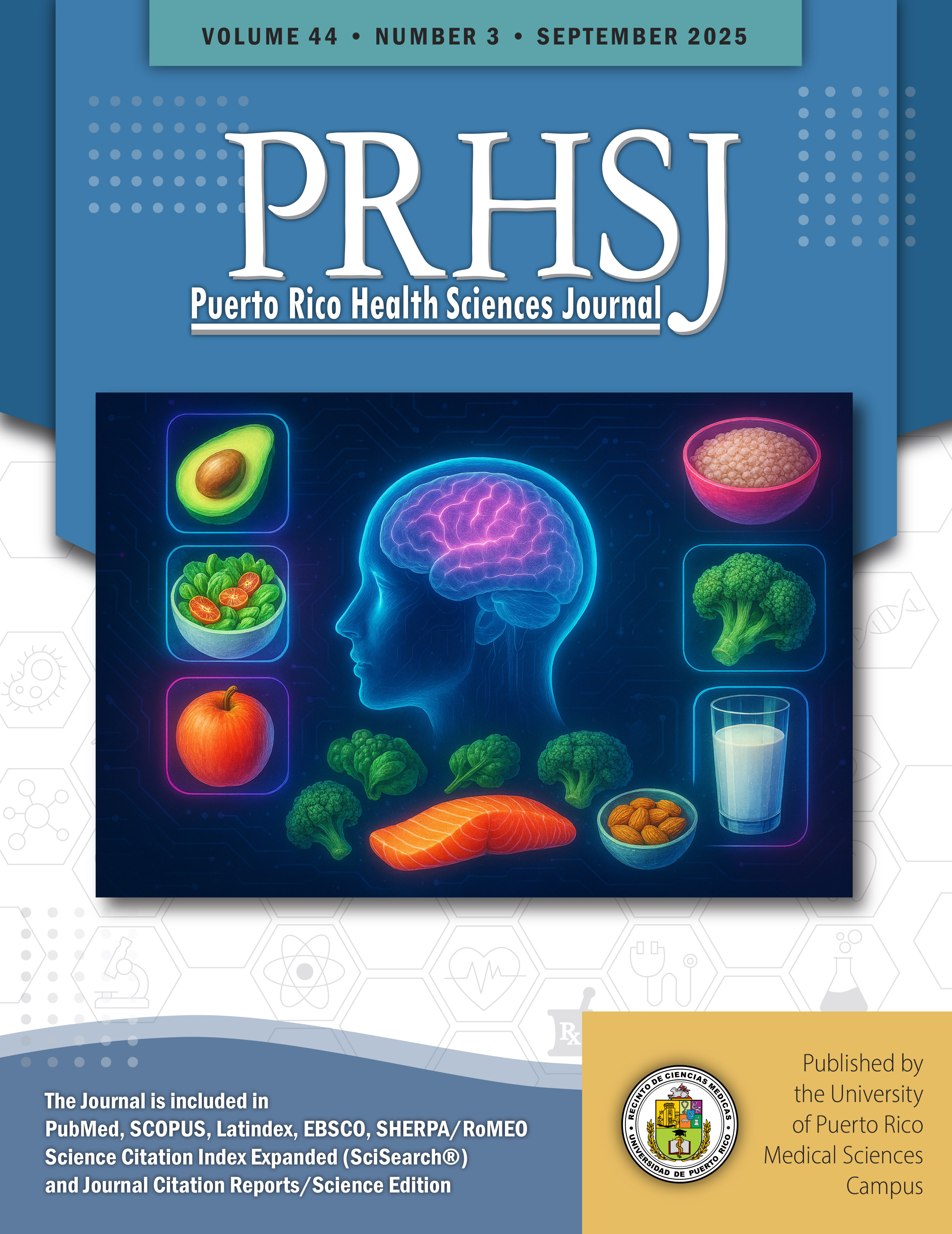Abstract
Objectives: This study aimed to examine self-medication among university students by estimating its prevalence, identifying associated risk factors, and assessing its impact on health. Methods: A cross-sectional design was employed with a study population of students aged 21 to 42 years from a university in southern Puerto Rico. A sample size calculation using Epi Info yielded 269 participants, based on an estimated 70.1% prevalence of self-medication, a 95% confidence level, and a 5% error rate. Data collection involved distributing a culturally tailored survey via email, and in-person recruitment. The survey covered demographic information, self-medication frequency, medication types, and related factors. Results: The analysis of the data revealed a high prevalence of self-medication (95.60%) among surveyed students, predominantly with analgesics (e.g., acetaminophen) and anti-inflammatories. Notably, the use of antibiotics and antidepressants, both requiring prescriptions, was also reported. A significant proportion of the surveyed participants practiced frequent self-medication (34.87%), considering medication dosage (92.58%), potential interactions (70.31%), and adverse effects (70.93%). However, 14.79% were unaware that associated risks might exist. Conclusion: This study provides insights into the prevalence of self-medication (95.60%) among a population of university students in southern Puerto Rico, as well as the motivations for this behavior and the associated risks. Its findings contribute to understanding self-medication patterns and suggest areas for intervention and education to promote responsible self-care practices.
